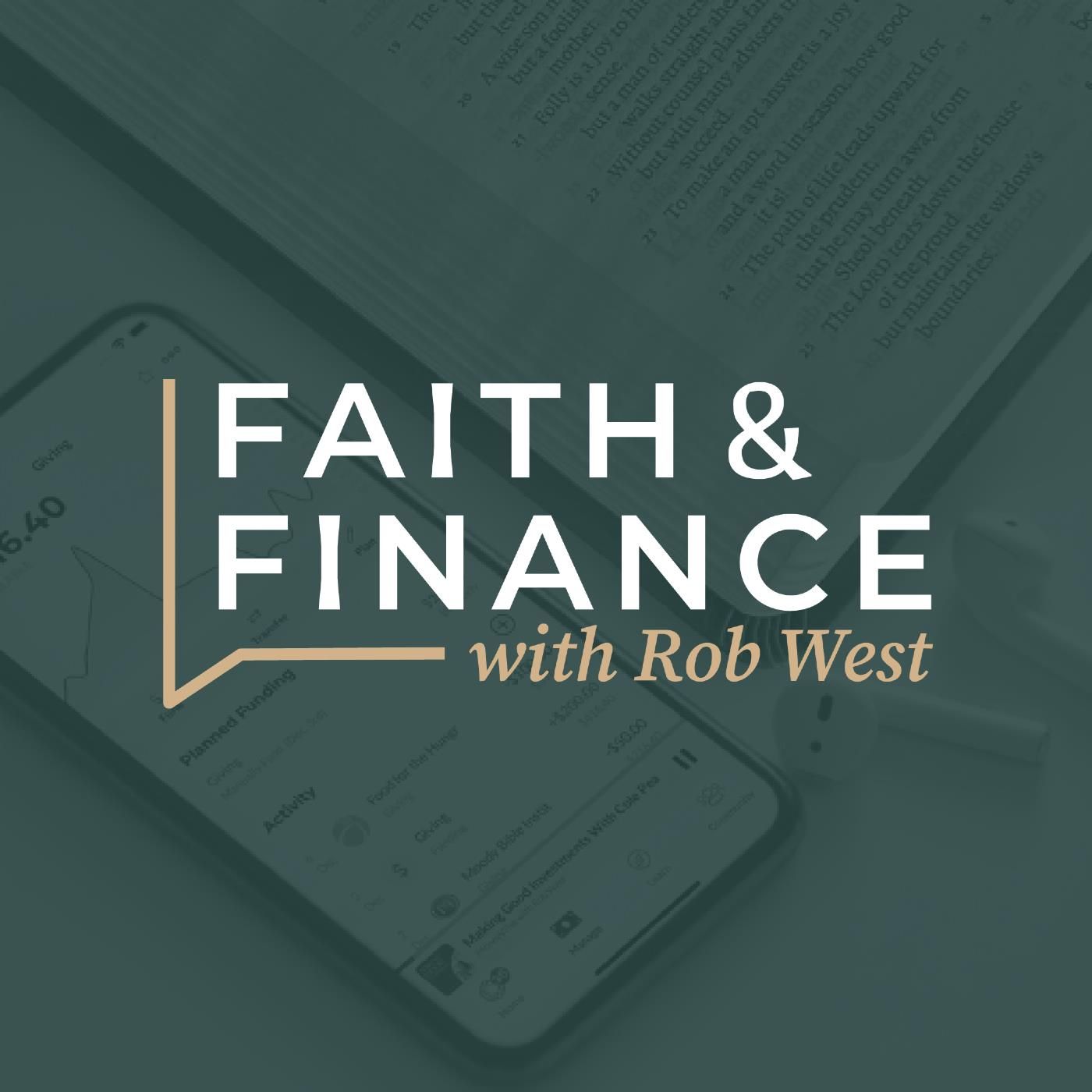Checking Up On Gold With Mark Biller
Mark Biller is executive editor at Sound Mind Investing, an underwriter of this program. The latest issue of Sound Mind Investing’s newsletter featured a deep dive on gold, an article titled, “Checking Up On Gold.” A lot of gold watchers expected gold prices to be halfway to the moon by now, but that hasn’t happened. THE RECENT PERFORMANCE OF GOLDWell, when investors think about gold and what drives its price, there are a handful of things that stand out: inflation, government spending, wars, and other “fear events,” and so on.When you think back over the last three years, what have we had, we had a global pandemic and all the fear that went along with that. Then we had massive monetary and fiscal stimulus, which led to the most significant inflation spike in 40 years. Then we had a major war break out in Europe! Since then we’ve had continued huge government deficit spending and tons of market uncertainty.Add it all up, and it would seem like this would have been the perfect storm to drive gold’s price massively higher. But that really hasn’t happened. Gold peaked in August of 2020 at around two-thousand-seventy dollars per ounce, then fell over 20% to nearly sixteen-hundred by last November. We’ve seen a nice bounce back toward the two-thousand level since then, but the point is gold is actually cheaper today than it was in the summer of 2020, despite all that has happened since then. WHY HASN’T GOLD PERFORMED BETTER IN RECENT YEARS?Mark Biller notes that gold isn’t just one thing. Gold IS an inflation hedge, but it’s not just an inflation hedge. It IS a hedge against war and other “fearful periods,” but it isn’t just that either. Gold responds to a lot of different factors, so expecting it to trade perfectly relative to any one single factor often leads to confusion and disappointment.Ironically, the one factor that probably correlates the best to gold’s performance is one most people don’t think about at all, and that’s interest rates. When you think about that, the past couple of years make more sense. In the summer of 2020, interest rates were at rock bottom levels and have climbed significantly since then. The Fed Funds rate, for example, was less than one-quarter of one percent then, and today is nearly five-and-a-half percent. That big move higher in interest rates has played a significant role in keeping the price of gold from soaring like many people expected.In fact, there’s a strong case to be made that based on what interest rates have done lately, we would normally expect gold to be significantly lower than it is today. Rather than be disappointed that it isn’t higher, Biller says he’s impressed it’s held up as well as it has. THE IMPACT OF INTEREST RATES ON GOLDThe simplest way to think about that is to recognize that gold doesn’t pay any type of yield, whereas most other “safety assets” do. Any type of savings account, bond, or traditionally safe place to park money has been offering higher and higher yields as interest rates have risen over the past two years. That makes those assets more attractive relative to gold, which doesn’t pay a yield. So we typically see gold rise in price as interest rates fall, and vice versa when rates rise. WHAT’S THE RIGHT APPROACH TO INVESTING IN GOLDThere’s a difference between physical gold and “trading” gold in ETFs, and both have pros and cons. Owning physical metal obviously has a lot of advantages — you have it right there in your hands if things ever get really bad, there’s no “counterparty” risk where you’re relying on a bank or company to make good on the gold you own through a fund or ETF. So there’s a lot to like about owning physical gold directly.However, owning physical

